|
|
For sales teams to thrive in today’s competitive business environment, a well-implemented Customer Relationship Management (CRM) system is essential. CRMs serve as the backbone of sales operations, enabling teams to streamline workflows, track interactions, automate follow-ups, and close deals more efficiently. However, many businesses fail to fully leverage their CRM systems, leading to data inconsistencies, low adoption rates, and missed sales opportunities.
A highly optimized CRM strategy helps sales teams manage their pipelines effectively, prioritize high-value leads, and enhance customer relationships. Without a structured approach, sales teams risk wasting time on low-quality prospects, struggling with ineffective follow-ups, and failing to capitalize on potential deals. By following best practices in CRM implementation and usage, businesses can empower their sales teams with real-time insights, AI-driven automation, and strategic sales forecasting, ultimately improving conversion rates and revenue growth.
With WiFi Digital’s expertise in CRM optimization for sales teams, this guide explores proven best practices that help sales professionals enhance efficiency, improve lead management, and drive long-term business success. From data accuracy and automation to AI-driven analytics and CRM integrations, businesses will learn how to fully utilize their CRM system to maximize sales performance and customer engagement.
Optimizing Lead Management and Sales Pipeline Tracking
One of the core functions of a CRM is lead management, ensuring that sales teams can identify, nurture, and convert high-quality prospects into loyal customers. However, many businesses struggle with disorganized pipelines, unclear lead priorities, and ineffective follow-ups, leading to lost opportunities. A structured CRM-driven lead management process ensures that sales teams can track leads efficiently, automate lead scoring, and move prospects through the sales funnel seamlessly.
Sales teams should implement lead scoring models that prioritize high-value prospects based on engagement levels, purchase intent, and historical interactions. Many modern CRMs, such as Salesforce, HubSpot, and Zoho CRM, offer AI-powered lead scoring tools that analyze customer behavior and historical data to assign priority levels. This allows sales reps to focus on high-converting leads while automating engagement with lower-priority prospects through nurture campaigns.
Effective pipeline tracking ensures that sales teams always know where each lead stands in the buying journey. By using customizable pipeline stages, businesses can categorize prospects based on factors like initial inquiry, product demonstration, contract negotiation, and final purchase decision. CRMs should be configured to provide real-time status updates and alerts, ensuring that sales reps can proactively address potential bottlenecks, follow up on stalled deals, and close sales faster.
Automation further enhances lead management efficiency. AI-driven CRM workflows can automate lead follow-ups, email sequences, and appointment scheduling, reducing manual workload and ensuring that no lead goes unnoticed. Sales teams can also integrate CRM chatbots and AI-powered assistants to engage leads instantly, answer FAQs, and collect essential customer data before a sales call.
By implementing structured lead management, AI-driven scoring, and automated workflows, sales teams can increase productivity, reduce lead leakage, and improve overall conversion rates.
Leveraging CRM Automation to Streamline Sales Workflows
One of the biggest challenges sales teams face is time management, as reps often spend too much time on manual data entry, follow-ups, and administrative tasks. A well-optimized CRM can automate repetitive tasks, allowing sales reps to focus on what matters most—building relationships and closing deals.
CRM automation can significantly improve email follow-ups and outreach sequences. Sales teams can set up automated email workflows that send personalized messages based on customer interactions. For instance, if a prospect downloads a whitepaper, the CRM can trigger a follow-up email with additional resources, keeping the lead engaged without requiring manual intervention. AI-powered CRMs can even suggest the best times to send emails based on recipient behavior, increasing open rates and response rates.
Task automation is another essential feature that enhances sales efficiency. CRMs can automatically create tasks and reminders for follow-ups, contract renewals, or demo scheduling, ensuring that sales reps never miss an opportunity. By integrating CRM task automation with calendars and communication tools, businesses can optimize scheduling and minimize gaps in customer engagement.
Another critical automation feature is quote and proposal generation. Many CRMs, including Pipedrive and HubSpot, allow sales teams to create pre-built templates for proposals, pricing estimates, and contracts, reducing the time spent on paperwork. Automated approval workflows ensure that quotes are sent promptly, expediting deal closures.
With CRM automation handling repetitive processes, sales teams can increase efficiency, enhance productivity, and accelerate deal cycles without sacrificing customer engagement.
Improving Sales Forecasting with CRM Analytics and AI Insights
Sales forecasting is a crucial component of strategic planning and revenue growth. Without accurate forecasting, businesses struggle with inconsistent revenue projections, poor resource allocation, and unrealistic sales targets. CRMs with AI-driven analytics help sales teams predict future sales trends, identify high-performing sales strategies, and optimize decision-making based on real-time data.
A key CRM metric for forecasting is sales velocity, which measures how quickly deals move through the sales pipeline. Businesses with slow sales cycles can use CRM analytics to identify where prospects drop off, which deals get stuck, and what factors impact conversion delays. By analyzing this data, sales managers can refine their sales strategy, adjust pricing models, and optimize engagement tactics to increase velocity.
Predictive analytics in CRMs can also help businesses anticipate customer needs and buying behaviors. AI-powered tools analyze historical purchasing data, competitor trends, and market conditions to generate sales forecasts with higher accuracy. For example, Microsoft Dynamics 365 and Salesforce Einstein AI provide real-time predictive insights that allow sales teams to proactively adjust their approach to meet demand fluctuations and seasonal trends.
Another critical forecasting element is win/loss analysis, which helps sales teams understand why deals succeed or fail. CRM analytics track customer objections, competitor comparisons, and engagement drop-offs, providing data-driven recommendations for refining sales pitches and improving closing rates.
By integrating AI-powered analytics, predictive insights, and sales performance tracking, businesses can increase forecasting accuracy, optimize revenue planning, and drive smarter sales strategies.
Enhancing Customer Relationships with Personalized CRM Strategies
A CRM system is not just a tool for managing leads—it’s a powerful platform for strengthening customer relationships and driving long-term retention. Sales teams that utilize CRM personalization features can enhance engagement, improve customer satisfaction, and increase repeat business.
One of the most effective ways to personalize customer interactions is through AI-driven customer insights. CRMs analyze past purchases, browsing history, and engagement patterns to provide sales reps with tailored recommendations on what products or services to offer next. Personalized recommendations increase the likelihood of upsells and cross-sells, maximizing customer lifetime value (CLV).
Sales teams can also use CRM automation to send personalized outreach messages based on customer milestones. For example, businesses can automate emails for customer anniversaries, birthdays, or previous purchase reminders, making interactions feel more personalized and thoughtful.
A well-integrated CRM should also support multi-channel communication, allowing sales teams to track emails, calls, SMS, and social media interactions in one place. This ensures that all team members have access to a unified customer history, making engagements more informed and seamless.
With personalized CRM engagement, AI-driven insights, and automated customer interactions, sales teams can enhance relationships, build customer trust, and improve long-term loyalty.
A well-implemented CRM strategy is a game-changer for sales teams, enabling them to streamline lead management, automate workflows, improve sales forecasting, and enhance customer relationships. By leveraging AI-driven analytics, predictive insights, and automation tools, businesses can increase efficiency, optimize sales performance, and maximize revenue potential.
With WiFi Digital’s expertise in CRM optimization for sales teams, businesses can develop customized, data-driven CRM strategies that align with growth objectives, sales efficiency, and long-term success. Now is the time to empower your sales teams with the right CRM tools and best practices, ensuring higher conversion rates and a competitive edge in the market. 🚀
Integrating CRM with Sales and Marketing for Seamless Alignment
One of the biggest challenges for businesses is ensuring seamless collaboration between sales and marketing teams. Often, these departments operate in silos, leading to misaligned messaging, missed opportunities, and inefficient lead nurturing. A well-integrated CRM helps bridge the gap between sales and marketing, ensuring that both teams work together toward the common goal of increasing conversions and revenue.
A key element of CRM integration is lead handoff automation. Marketing teams generate leads through campaigns, website interactions, and content downloads, but without a structured process, these leads can be lost, ignored, or improperly categorized. A CRM system ensures that qualified leads are automatically assigned to the right sales reps based on predefined criteria, such as geolocation, company size, or past engagement level.
CRM-driven lead nurturing workflows allow marketing teams to continue engaging prospects who are not yet ready to buy. Through email sequences, retargeting ads, and personalized content, businesses can educate potential customers, build trust, and increase conversion rates over time. Once a lead demonstrates strong buying intent, the CRM can automatically alert sales reps, ensuring that no opportunity is missed.
Sales teams benefit from CRM-powered marketing insights, as they can track how a prospect interacted with the brand before engaging with sales. By analyzing email open rates, content downloads, and website visits, sales reps can tailor their approach to address the prospect’s specific pain points and interests. For example, if a lead recently engaged with a case study on cost savings, a sales rep can focus their pitch on the financial benefits of the product or service.
Additionally, CRM integrations with advertising platforms like Google Ads, LinkedIn Ads, and Facebook Ads provide valuable insights into how paid campaigns contribute to sales conversions. Businesses can track ad-generated leads, measure cost-per-acquisition, and adjust marketing strategies based on real-time CRM data.
By aligning sales and marketing efforts through CRM automation, data sharing, and AI-driven lead nurturing, businesses can create a unified revenue-generation strategy that increases efficiency, maximizes conversions, and improves overall performance.
Maximizing CRM Adoption and User Engagement for Sales Teams
A CRM system is only effective if sales teams fully adopt it and actively engage with its features. Many businesses struggle with low CRM adoption rates due to complex interfaces, poor training, or a lack of perceived value. Ensuring that sales reps see the benefits of CRM usage is crucial to long-term success.
One of the best ways to drive CRM adoption is through intuitive user interfaces and personalized dashboards. CRMs like Pipedrive, Salesforce, and HubSpot allow businesses to customize dashboards based on individual sales rep preferences, ensuring that each user sees the most relevant data at a glance. For instance, a sales executive may focus on deal pipeline visibility, while an account manager may prioritize follow-up reminders and customer renewal dates.
Another critical factor in increasing adoption is hands-on training and continuous support. Many sales teams resist CRM adoption due to lack of familiarity or uncertainty about its value. Businesses should invest in role-specific training programs, including live workshops, video tutorials, and interactive simulations, to help sales reps master CRM functionalities.
Incorporating gamification and performance tracking within the CRM can further motivate sales teams. By setting up leaderboards, sales challenges, and reward incentives, businesses can make CRM usage more engaging. Sales reps can track their performance metrics, goal progress, and deal closures, creating a sense of achievement and accountability.
CRM adoption also improves when businesses integrate AI-powered virtual assistants and voice recognition tools. AI-driven CRMs like Microsoft Dynamics 365 and Salesforce Einstein allow sales reps to use voice commands to log activities, retrieve customer data, and schedule meetings, reducing manual data entry and increasing productivity.
To ensure long-term engagement, businesses should continuously collect user feedback on CRM usability and feature preferences. By addressing pain points, streamlining workflows, and implementing requested improvements, businesses can maintain high CRM adoption rates and ensure that sales teams fully leverage the platform’s capabilities.
Using AI and Predictive Analytics to Drive Sales Growth
AI-powered CRM tools have revolutionized how sales teams analyze data, predict customer behavior, and automate decision-making. Businesses that leverage AI and predictive analytics within their CRM strategy gain a significant competitive advantage, allowing them to optimize prospecting, forecasting, and engagement tactics.
AI-driven lead scoring enhances sales efficiency by ranking leads based on their likelihood to convert. By analyzing historical data, customer interactions, and behavioral signals, AI-powered CRMs can prioritize high-value prospects and suggest personalized engagement strategies. This ensures that sales reps focus their time and resources on leads with the highest conversion potential.
Predictive analytics also play a crucial role in sales forecasting. AI models can analyze past sales trends, seasonal fluctuations, and macroeconomic factors to generate data-driven revenue projections. Businesses can use these insights to set realistic sales targets, allocate resources effectively, and identify growth opportunities in emerging markets.
AI-powered chatbots and virtual assistants further enhance sales engagement by automating customer interactions. These tools can handle initial inquiries, schedule meetings, and provide product recommendations, allowing sales teams to streamline lead nurturing and focus on high-impact conversations.
Sentiment analysis within AI-driven CRMs allows businesses to assess customer emotions based on email correspondence, chat interactions, and social media engagements. By detecting positive or negative sentiment, sales teams can proactively adjust their approach, address concerns, and strengthen customer relationships.
With machine learning algorithms continuously improving CRM data accuracy and automation workflows, businesses can ensure that their sales strategies remain agile, data-driven, and customer-centric.
Measuring CRM Success and Continuous Optimization
For businesses to maximize the benefits of CRM, they must track key performance indicators (KPIs) and continuously optimize their strategy. Without ongoing evaluation, businesses risk stagnation, inefficiencies, and missed opportunities for growth.
Key CRM metrics that businesses should monitor include:
- Sales Pipeline Health – Tracks deal movement through various pipeline stages, helping businesses identify stalled deals and optimize conversion tactics.
- Lead Response Time – Measures how quickly sales reps respond to new inquiries, which significantly impacts conversion rates.
- Customer Retention and Churn Rate – Provides insights into customer satisfaction, loyalty, and potential risk factors for churn.
- CRM Engagement Metrics – Evaluates how frequently sales teams log activities, update records, and utilize automation features.
- Revenue Attribution – Helps businesses identify which marketing and sales efforts contribute most to revenue generation, ensuring optimized budget allocation.
CRM optimization should be a continuous process, incorporating regular team feedback, AI-powered insights, and strategic automation improvements. By routinely analyzing performance metrics, businesses can refine their sales approach, improve CRM usability, and increase overall efficiency.
A well-executed CRM strategy empowers sales teams to streamline workflows, automate lead nurturing, optimize forecasting, and enhance customer engagement. By integrating AI-driven insights, automation tools, and predictive analytics, businesses can ensure that their CRM strategy remains agile, scalable, and results-driven.
With WiFi Digital’s expertise in CRM implementation and sales optimization, businesses can develop tailored CRM strategies that maximize productivity, increase sales performance, and improve customer relationships. Now is the time to leverage CRM best practices, harness AI-powered insights, and drive measurable business success. 🚀
WiFi Digital: Connecting Businesses to the Digital Future
In today’s fast-paced world, where a strong digital presence is essential for business growth, WiFi Digital emerges as a strategic partner for small and medium-sized businesses (SMBs). Founded in 2023 and based in London, Ontario, the company has a clear mission: to provide affordable, high-quality solutions that help businesses thrive online. With an experienced and passionate team, WiFi Digital goes beyond simply creating websites and marketing strategies. Its purpose is to empower entrepreneurs, strengthen brands, and give clients more free time to focus on what truly matters – growing their business and improving their quality of life.
WiFi Digital develops websites that authentically and professionally represent your brand, optimizes systems and digital marketing strategies to enhance visibility and return on investment (ROI), and offers affordable, customized solutions, ensuring that businesses of all sizes have access to effective growth tools. With transparency, partnership, and innovation, the company provides each client with the necessary support to achieve real results.
Business digitalization is not just about numbers or metrics. It directly impacts entrepreneurs’ well-being, bringing more organization, efficiency, and freedom to focus on what truly matters. WiFi Digital understands that by investing in digital solutions, businesses gain time, reduce operational stress, and create opportunities to connect better with their customers. A well-structured online presence not only increases sales but also strengthens the public’s trust in the brand.
Beyond technical expertise, WiFi Digital’s key differentiator is its commitment to people. The company values genuine relationships, creates tailored strategies, and works side by side with clients to ensure that every solution meets their specific needs. If you’re looking to boost your brand, attract more customers, and still have more time to focus on what truly matters, now is the time to act!
💡 Transform your digital presence with experts who understand your needs.
📩 Contact us now: contact@wifidigital.ca
🌍 Learn more: www.wifidigital.ca
🚀 Your growth starts here!




